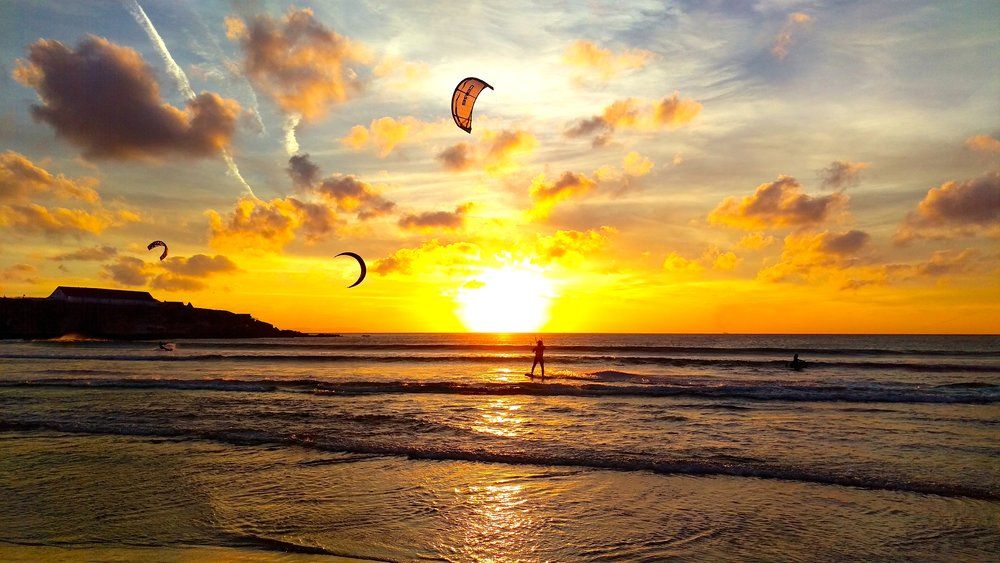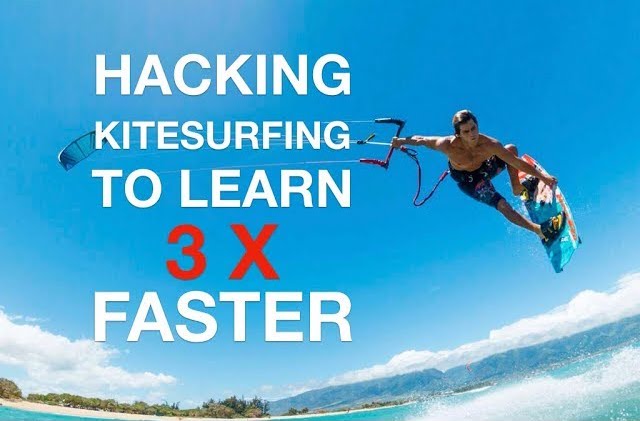
One of the hardest parts of keeping fit for kitesurfing is sticking to a consistent fitness regime which is flexible around the wind.
Obviously when it’s windy you want to kite as much as you can, when it blows for a few days in a row this can mean by the time the wind stops you’re exhausted, but when you look at the forecast it looks windy again in a few days time.
So the question is can you fit in that workout at the gym that you had planned or will it leave you broken for your next kiting session?

On the flip side you know that the forecast is often wrong and if you end up missing a training session because you think you’re going to kite and then there’s no wind you’ll be letting your fitness slip.
This makes building up a workout routine very difficult and naturally leads to huge swings between periods of being overtrained and then undertrained which when taken to extremes can be very detrimental to our overall health and fitness.
Enter Heart Rate Variability or HRV.
Heart Rate Variability (HRV) measures the ability of the heart to adapt its rhythm based on what is happening to it. Thus it should speed up slightly as we move from sitting to standing, or standing to running and should slow down when we do the opposite. It is so sensitive it should even change between breathing in and out.
This flexibility is what we are measuring when we measure HRV. Contrary to popular opinion the heart beat should not be even and regular but should be changing tempo all the time. The fitter and healthier we are in general the more variability we should have and the faster the heart should be to respond to changes in exertion by altering the rate at which it beats.
So as heart rate variability increases we can say we are getting fitter as it decrease we are getting less fit (generally). But it also changes day to day.

Starting to come down with a cold? HRV will drop in the days before hand (so you can catch it early and not go for that big night out that will push you over the edge).
Likewise it will also drop when we are still in need of more recovery. So if you’ve been kitesurfing all day and it’s windy again the next day your heart rate variability can tell you how well your body has recovered from yesterdays session and how hard you should be pushing it today.
By taking a baseline reading of our HRV and then comparing against that every day we can see if we are ready to train or still need more recovery time, it will also show us if we are getting fitter over time, shown by a general upwards trend in HRV.
Using this during the kiting season can be a god send as it can give us a great indication of if we can slip in a between session workout or if we’re better off leaving it so we can be at our best on the water.
Over time monitoring your HRV you start to understand your bodies natural rhythms and recovery times. So that after a day of kiting or a workout at the gym you know exactly how much recovery time you’ll need to get yourself back up to full strength. Meaning you can time your workouts much more scientifically, whatever the wind does.
These days there are tonnes of apps that when linked up with a heart rate monitor will give you this info, just do a quick search on the app store for heart rate variability monitors.
Want to get fit for kitesurfing? Check out our FREE 4 week kitesurf specific workout.
(It’s FREE!)
See you on the water,
Sam.
??



